ARTICLE SERIES: ROYAL INSPIRATION: MONARCHS WHO SHAPED BIBLICAL HISTORY
Part 1
About King James I of England
King James the First of England
BIBELN.ONLINE
About King James the First of England
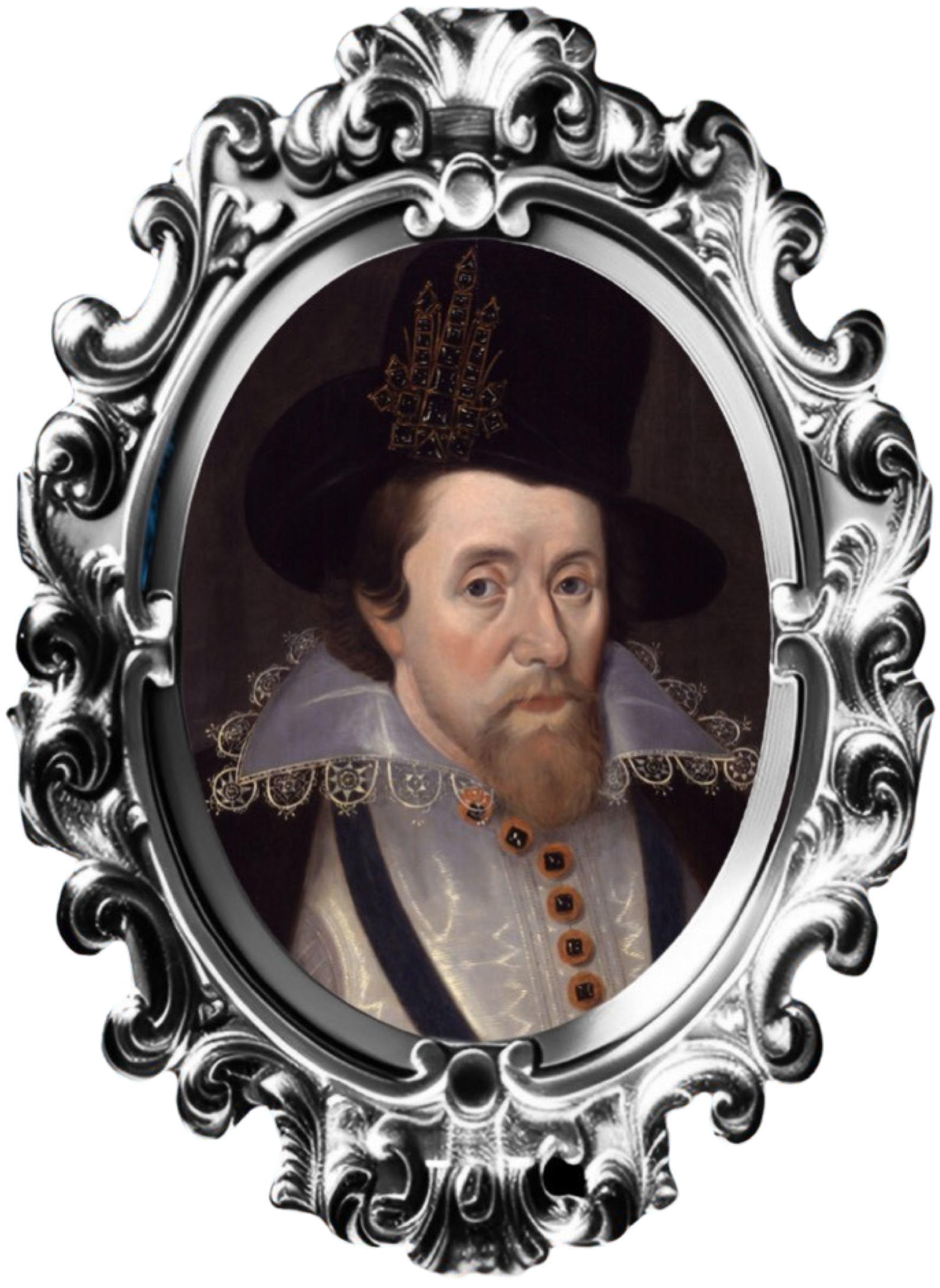
Picture 1: King James the First of England
Time of government
Birth and childhood

Picture 2: Edinburgh Castle in Scottland.
Marriage and Family
Henry Frederick, Prince of Wales (1594-1612): The eldest son, but he tragically died at a young age of typhus. Elizabeth Stuart (1596-1662): She became known as ‘The Winter Queen’ after she married Frederick V of the Palatinate and became Queen of Bohemia for a short period. Charles I (1600-1649): He succeeded his father as King of England, Scotland and Ireland. His reign ended in the English Civil War and he was executed in 1649.
King James' attempt to unite England and Scotland
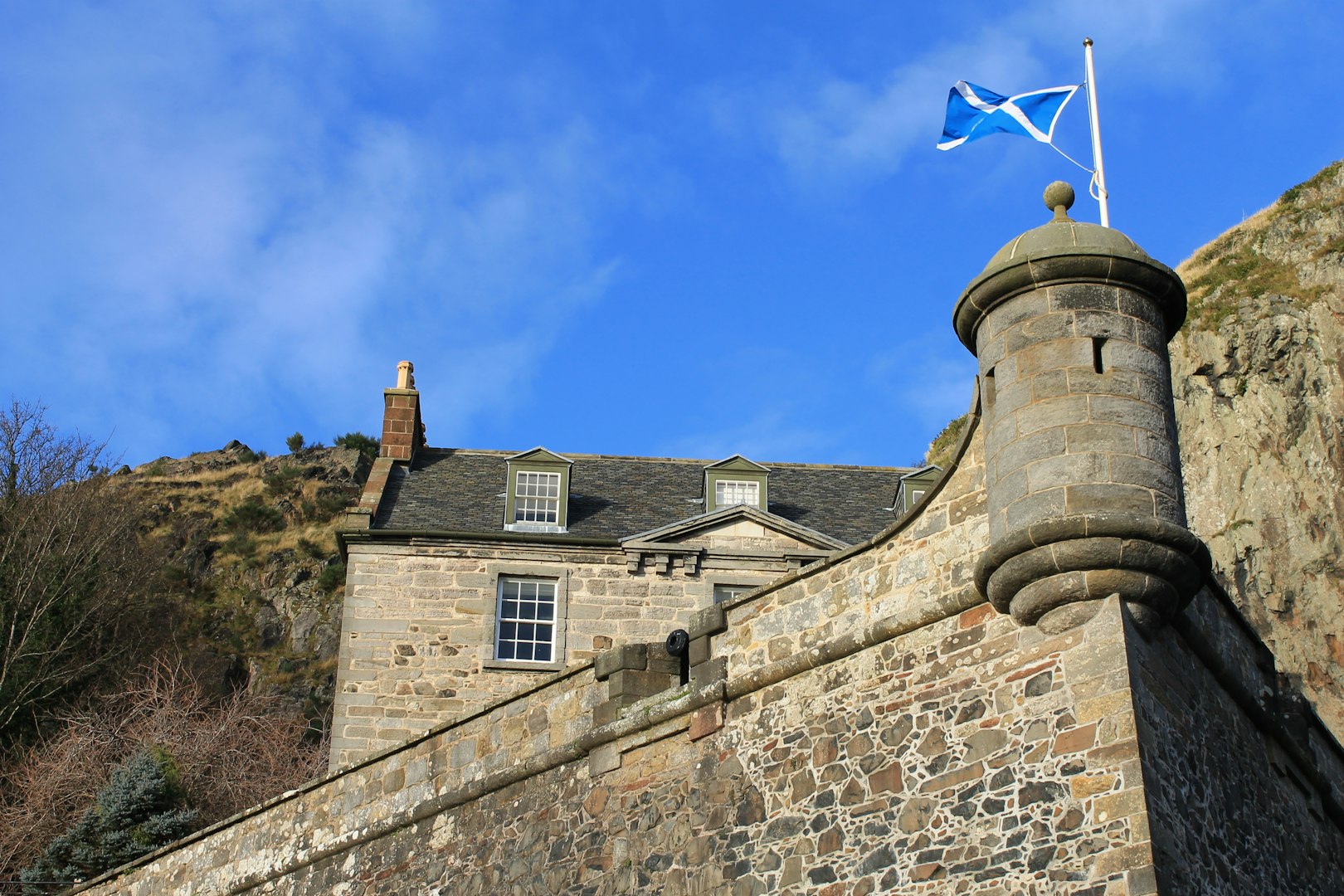
Picture 3: Flag of Scotland
Reigned over both Crowns
The Union Confederation
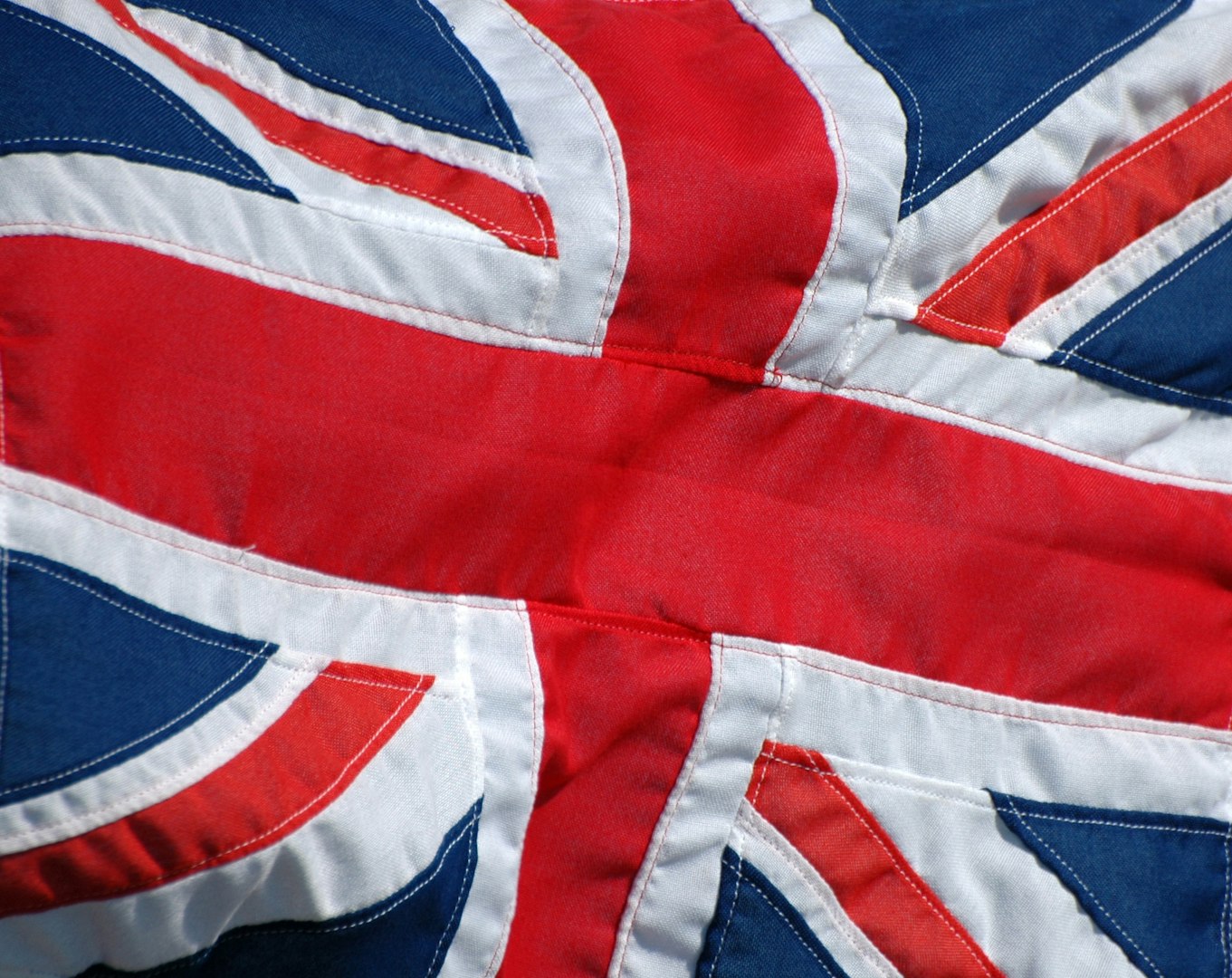
Picture 4: The flag of England
He united England and Scotland into a single kingdom
The Gunpowder Plot
An assassination attempt on King James I was stopped
The gunpowder conspiracy in 1605

Picture 5: Illustration of Guy Fawkes' arrest. ©Bibeln.Online
The powder conspiracy on 5 November
The conspirators: The most famous of the conspirators was Guy Fawkes, born in York in 1570, and raised as a Protestant, but later converted to Catholicism, but there were several others involved, including Robert Catesby, born around 1572 in Warwickshire, England. Coming from a prominent Catholic family, he was the real mastermind behind the so-called Conspiracy of the Cross. Catesby managed to recruit others, including Fawkes, to his cause of blowing up the English Parliament to assassinate King James I and most of the members of Parliament. When the plan was uncovered, Catesby tried to escape. However, he died in a battle with the Royalist forces on 8 November 1605. Discovery: The plan was revealed after an anonymous warning was sent to Lord Monteagle. On 4 November 1605, Guy Fawkes was found in the cellars under Parliament with 36 barrels of gunpowder. He was arrested, and the other conspirators were arrested soon after. Consequences: Guy Fawkes and several of his co-conspirators were tortured under interrogation, sentenced to death and executed. After the attempted assassination, stricter laws were introduced against Catholics in England. Commemoration: Guy Fawkes Night or Guy Fawkes Day, is a British tradition celebrated on 5 November each year where people light bonfires and burn a doll representing Fawkes. Some traditional dishes and snacks are consumed during Fawkes Night, including Toffee Apples, Parkin (Gingerbread) and Bonfire toffee also known as Syrup toffee. Although its religious and political meanings have faded over time, Guy Fawkes Night remains a popular cultural event in the UK. Originally, however, it was a reminder that a group of Catholics, led by Robert Catesby and including Guy Fawkes who was caught in the cellars of Parliament with 36 barrels of gunpowder, to blow up the English Parliament and murder the reigning King and members of Parliament. A reminder of treason and conspiracy. The film V for Vendetta (2005): In contrast to Guy Fawkes Night or Guy Fawkes Day, we can see that the filmmakers of the film V for Vendetta (2005) have chosen to use Guy Fawkes as a symbol and celebrate him as a freedom fighter instead of a traitor. The main character in the film, known only as "V", wears a mask representing Guy Fawkes (see Figure 4). This mask becomes in the film a symbol of resistance, rebellion and anonymity against a tyrannical and controlling society. V is therefore an idea rather than a physical person in the film, so his face is never shown. On the film's official website, the following was written about V: "V's use of the Guy Fawkes mask and his identity serve as both practical and symbolic elements to his backstory. He wears the mask to hide his physical scars and by obscuring his identity he embodies the idea itself." - A popular English rhyme associated with Guy Fawkes is also quoted several times in the film:
”"Remember, remember the fifth of November, Gunpowder Treason and Conspiracy. I see no reason why the powder treason should ever be forgotten” .
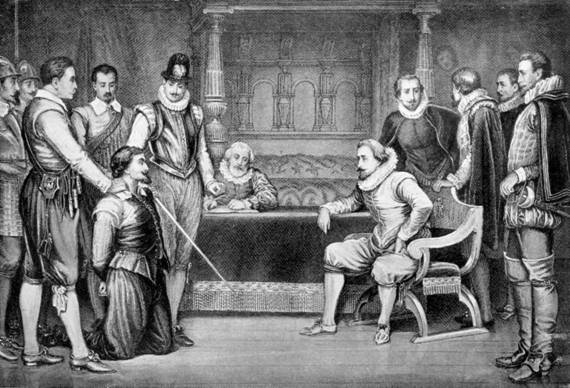
Picture 6: Illustration of Guy Fawkes' arrest
DID YOU KNOW:
The explosive power of 36 barrels of gunpowder is about 2,160 megajoules?
To better understand the explosive power of 36 barrels or drums of gunpowder. Each barrel of gunpowder was considered to contain approximately 90-100 pounds (about 40-45kg) of gunpowder. If we assume that each barrel contained about 100 pounds of gunpowder (45kg), then 36 barrels of gunpowder would total about 3,600 pounds of gunpowder (about 1,633kg of gunpowder or more). By calculation, this amount of gunpowder would provide a total explosive power of about 2 160 Megajoules (or 2.16 Gigajoules). A single MegaJoule is roughly equivalent to the kinetic energy of a 1 tonne vehicle travelling at 160 km/h. This is a huge amount of explosive power, especially in the 17th century, and could wreak havoc over a large area.

Literary impact
(The Bible, 1611 King James Version)

Picture 7: King James Bible, First Edition (Facsimile)
The King James Bible
Author
"Daemonologie" (1597): First published in 1597, it is a treatise on demonology, sorcery and witchcraft. The book is divided into three books (or parts) and is a dialogue between two characters, Philomathes and Epistemon, who discuss the different aspects of demonology. King James I wrote 'Daemonologie' at a time when the fear of witchcraft was at its height in Europe. His book reflects both his personal belief in the existence of witches and demons and his desire to educate the public about these dangers. James I argued that witches and demons were real and that they worked for the devil to harm and destroy innocent people. "Basilikon Doron" (1599): The title "Basilikon Doron" is Greek and can be translated as "Royal Testament" or "Royal Gift". This work is an instruction book or manual addressed to his son, Prince Henry Frederick of Scotland. "To whom may rightly belong his book of how a Prince is to be instructed in all matters pertaining to his calling, both generally (as a Christian towards God) and particularly (as a King towards his people?) To whom (I say) may it rightly belong, as to you, my dearest son?" It contains advice on morality, ethics and royal rule. In this book he advocated Royal Virtue and gave advice on how to behave like a monarch. He says this: "I divided this book into three parts. The first teaches you your duty to God as a Christian: the second your duty in your office as a King, and the third teaches you how to behave in things extraneous." In the book he warned, among other things, against "forbidden lusts" and avoiding "too great acquaintance, acquaintance with too many", and especially against "falling too much in love with one's favourites", which is also a reference to homosexuality, which in many other eras in England was illegal and could lead to severe punishment. There were malicious rumours that King James himself was homosexual. There is absolutely no evidence for such a claim, but quite the contrary as the Bible contains several passages often quoted in the debate on homosexuality (such as Romans 1:22-32) and King James was a devout Christian as he confirmed in this book with a heading such as "A King's Christian Duty to God". It should also be mentioned that even throughout Jacob's reign, these laws against homosexuality continued to be in place. In his book he also refers to many scriptures on various subjects and he also rejects the apocryphal books as he considers them to be linked to Catholicism. As for the apocryphal books, I omit them because I am not a Catholic..." He goes on to say: "But when you read Scripture, read it with a sanctified and chaste ear: admire reverently those obscure passages which you do not understand, and blame only your own inability; read with delight the clear passages, and study carefully to understand those which are somewhat difficult; press on to become a good reader of the text, for Scripture is always the best interpreter of itself...." - King James I.
"The True Law of Free Monarchies" (1598): In this treatise, James argues in favour of the "Divine Right" to royal rule. It is a theory that claims that a monarch is put on the throne by God and that no one but God has the right to challenge or question the monarch's decisions. James argues that monarchs are God's appointed representatives on earth and that they should therefore be governed by God's law rather than man's law. "A Counterblaste to Tobacco" (1604): This is one of the first writings to openly criticise tobacco smoking. In it, James expresses his disgust with tobacco smoking and describes it as a harmful habit. James describes tobacco smoke as dangerous and harmful to the lungs. He criticises smoking as a barbaric habit and compares it to the customs of 'savage', non-European peoples. James also criticises the economic wastefulness of spending money on tobacco. The king describes tobacco smoking as a "ridiculous and shameful habit" and urges his subjects to give it up. During his reign, several laws and taxes were introduced to curb tobacco use.
Death and burial of King James
King James I of England, was a prominent figure in the history of the early modern period.
Historical summary of his life and reign:

Picture 8: King James I of England.
Birth and upbringing
Union of the English and Scottish Thrones
Religious policy
Policy and relations with Parliament
Gunpowder Plot
Death and legacy
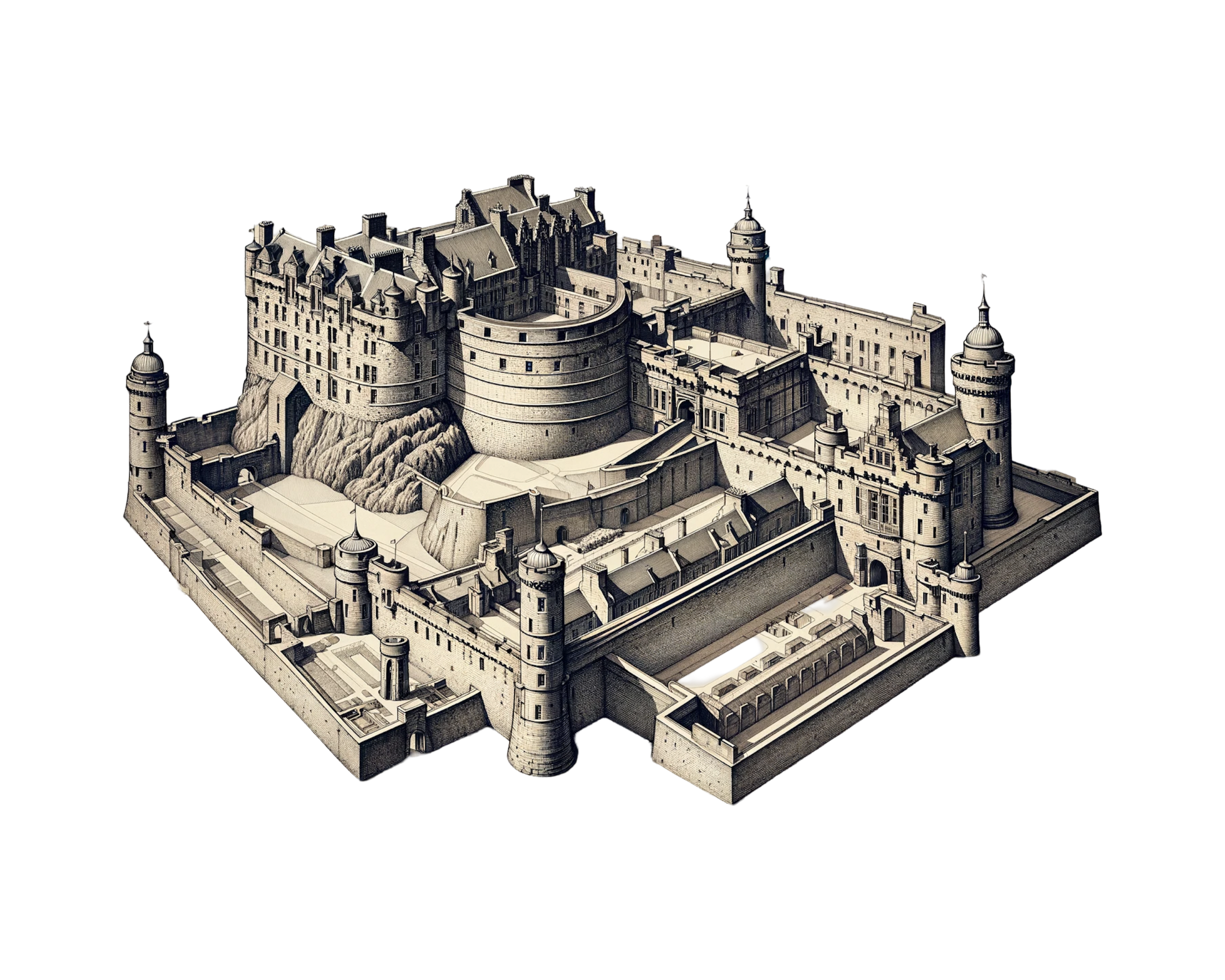
Computer animated image of Edinburgh Castle in Scotland. - ©Bibeln.Online